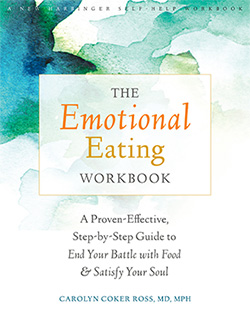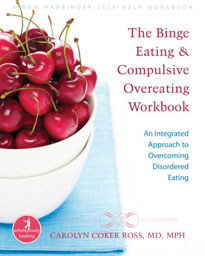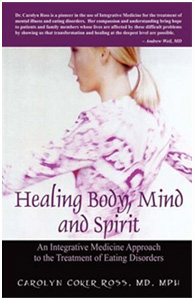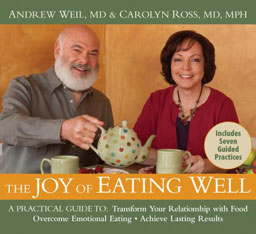Menopausal Health and Individualized Hormone Therapy
Health care providers often prescribe hormones for symptoms accompanying menopause, including hot flashes, vaginal dryness, mood changes, compromised cognition, sexual problems, and fatigue. Today, choosing the optimal hormone therapy for women has become a complex matter.
Concerns about the safety of traditional hormones have surfaced in recent years. Traditionally in the U.S., conventional hormone therapy has used synthetic — or nonbioidentical — hormones. These are considered “nonbioidentical” because their structure is different than human hormones.
Bioidentical hormones, while derived from “natural” plant sources – typically yams or soy – are not strictly speaking “natural”. Though derived from natural sources, these hormones must be commercially processed to become bioidentical.
The prevalence of undesired side effects in synthetic hormones have bioidentical hormones gaining popularity. Side effects can occur, however, with both synthetic and bioidentical hormones; no hormone therapy is a guarantee against side effects.
The past decade has emphasized that hormone therapy needs to be tailored to the individual woman’s risk/benefit profile.
For women considering a hormone therapy regimen, there are many choices. Some choices include synthetic and bioidentical hormone therapy; estrogen-only vs. estrogen-progesterone hormone therapy; and oral vs. transdermal administration options. Each needs to be considered against the woman’s particular health profile.
Dose, type, and route of administration need to be carefully evaluated for each individual. Hormone therapy can be used for as long as the woman and her healthcare team feel the benefits outweigh the risks for her.
Given the complexity of choices available for hormone therapy, menopausal women should seek out specialists who are familiar with, and on the pulse of, the rapidly evolving field of menopause management.







